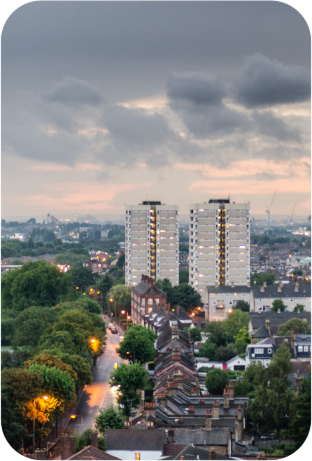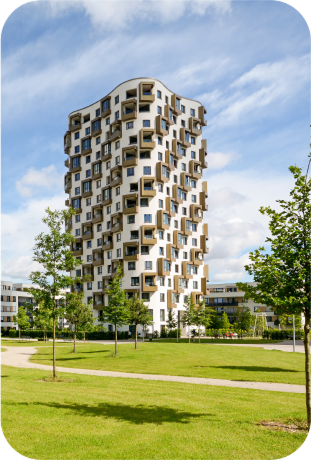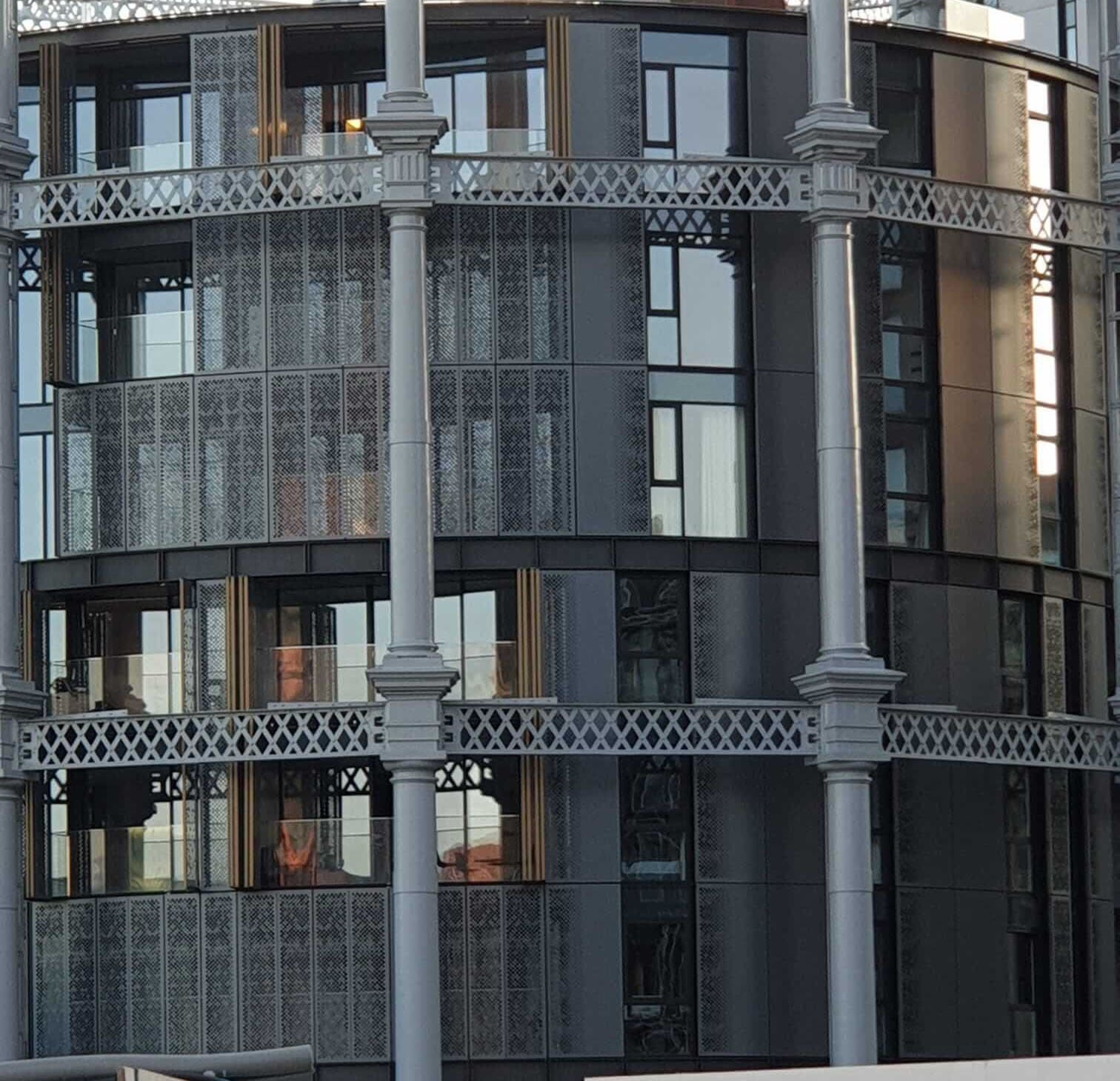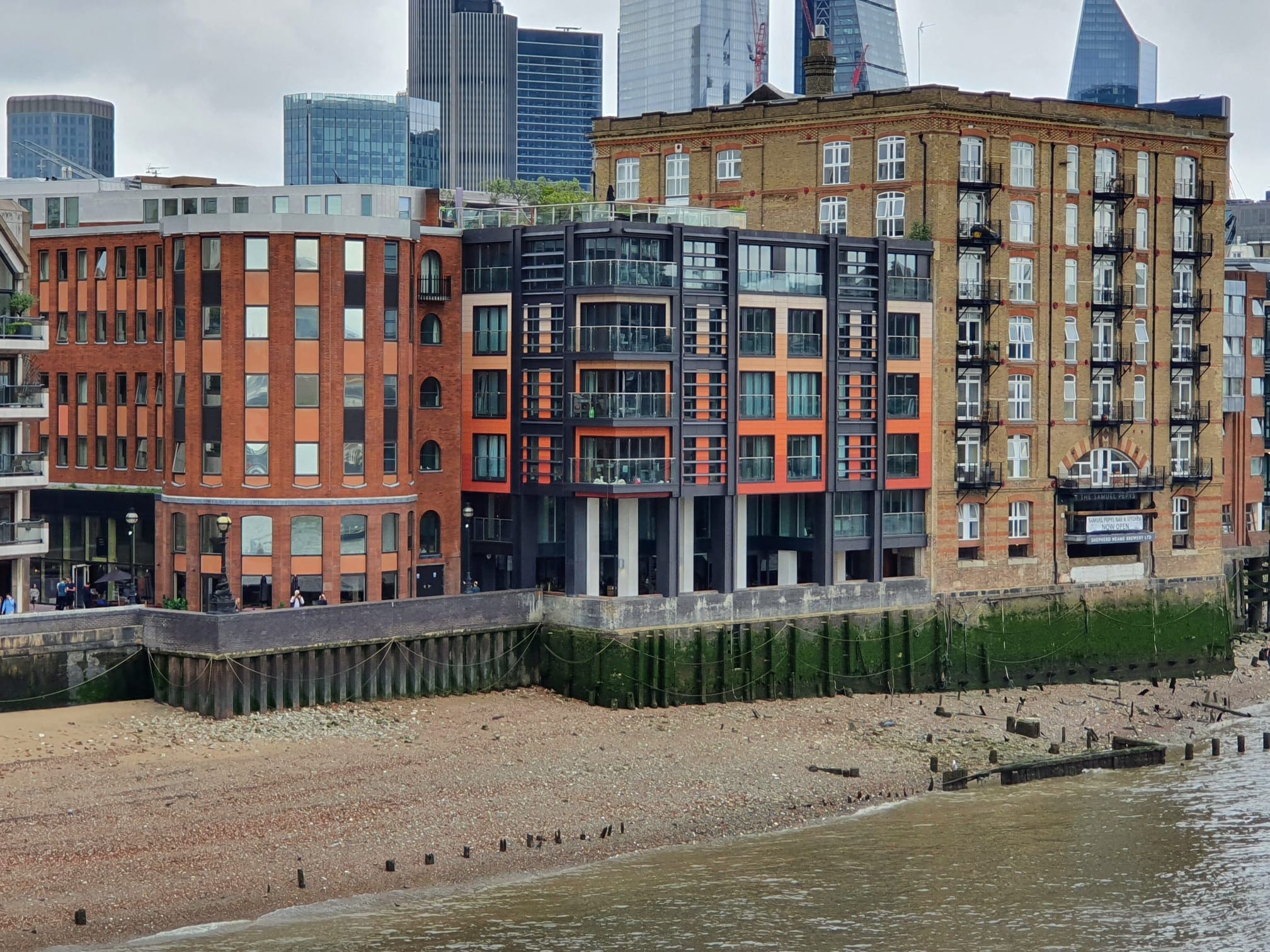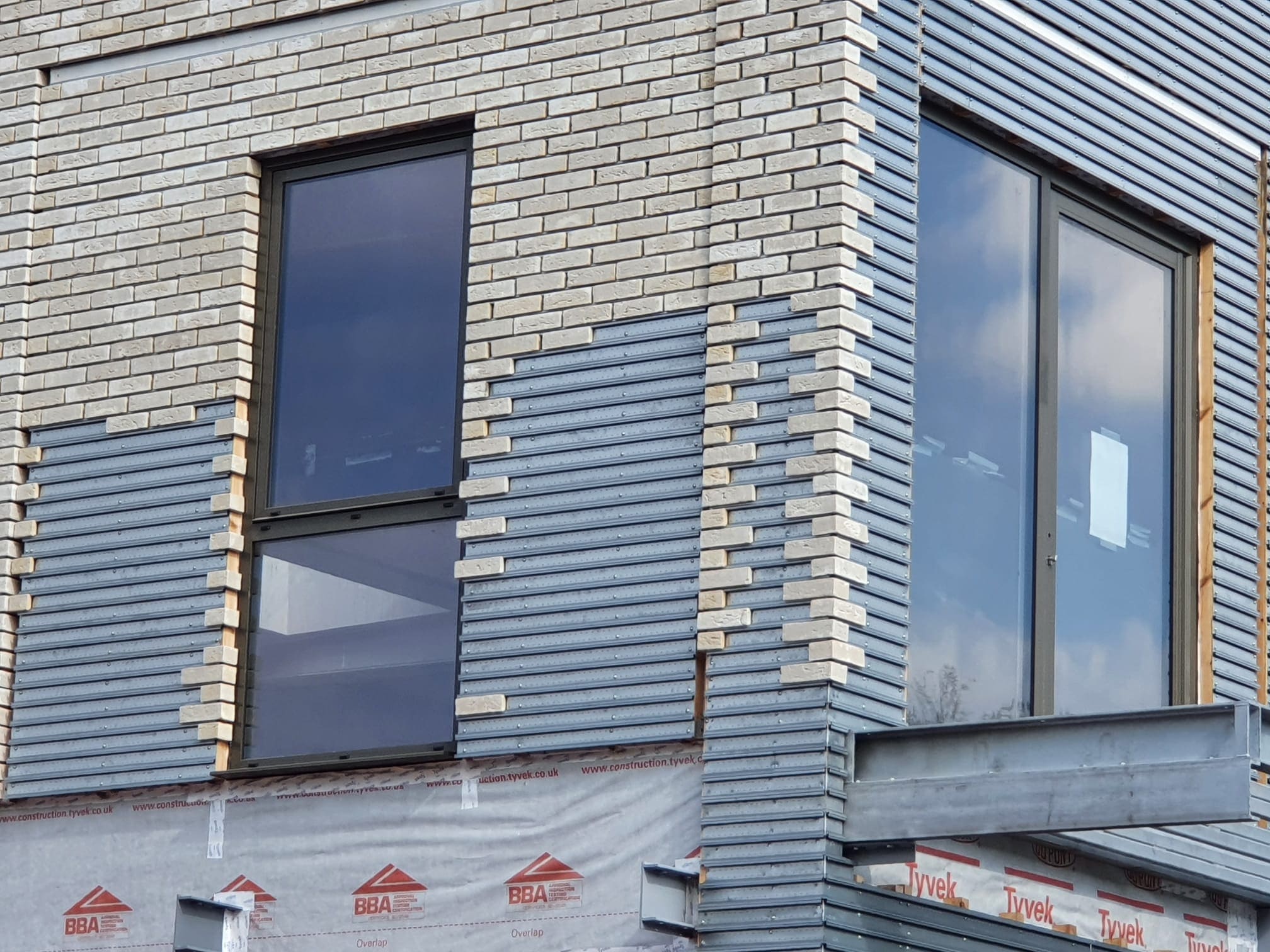 817
817
 0
0
Building Safety Act finally receives Royal Assent
In short the Building Safety Act 2022 just received Royal Assent. This means that it is expected that by September 2022 if not earlier it will be law and limitation periods will be extended retrospectively from 12 to 30 years. And, better still, the route of making a claim will not be a breach of contract (such claims are limited to 1st purchasers who bought directly from the developer) but to all current owners. So here is what happened.......
What has happened is that The Building Safety Act has now completed all the parliamentary stages in both Houses to become an Act of Parliament which means it is a certainty that both The Defective Premises Act and separately section 28 of the Building Act 1984 will have limitations periods extended. In respect of The Defective Premises Act limitation periods will be increased to 30 years for work already completed (that means all work back to circa 1992! The Building Safety Act is expected to come into force circa 2 months after Royal Assent (expected July 2022).
Specifically, The Building Safety Act extends the limitation period to 15 years prospectively for claims under s1 and s2A (claims that accrue after the Act takes effect); and to 30 years retrospectively for claims under s1 (claims that accrued before the Act takes effect). Please read on to see how The Defective Premises Act will now work:
The Defective Premises Act 1972
Under the DPA 1972, a person taking on work for, or in connection with, the provision of a dwelling owes a duty to ‘every person who acquires an interest in that dwelling’ to see that work is done:
- In a workmanlike or professional manner,
- with proper materials and
- to ensure that the dwelling is fit for habitation when completed.
Where these criteria are not met, then anyone with an interest in a dwelling (whether leasehold or freehold) may have a claim against a contractor, developer, or designer, i.e., claims can be brought by residents or by owners. However, a management company will not have a claim under the DPA 1972 because it does not have an ‘interest’ in the dwelling.
The DPA 1972 only covers “dwellings” which for residential blocks means that the apartments themselves are covered, but the common parts are not. The Building Safety Bill will, however, introduce a new provision into the DPA 1972 extending the remit of the DPA to include the common parts and exteriors: ‘any part of a building consisting of or containing one or more dwellings’.
Unlike, breach of contract claims where claims are limited to original 1st buyers who bought directly from the developer only, one of the advantages of claims under the DPA 1972 is that the claimants (be they leaseholders or freeholders) do not have to have a contractual relationship with the developer to bring a claim. This means that subsequent buyers may have claims, which they would otherwise not have for breach of contract. That said, whilst the new limitation periods will undoubtedly help some residents and owners, they probably will not provide a remedy for all their concerns. To succeed in such a claim, a claimant must show in particular that the defects being complained of render the dwelling or building ‘unfit for habitation’.
This ‘unfit for habitation’ test is a relatively high hurdle to surmount and the test has not to date been explored in Court in the context of fire defects. Case law to date shows that ‘unfit for habitation’ means that the dwelling is not capable of being occupied without risk to the safety or health of occupants and undue inconvenience or discomfort to the occupants. Whilst many fire safety defects by their very nature represent a risk to the safety or health of occupants, it remains to be seen whether defendants can argue that mitigating steps or early warning systems such as a “waking watch” or 'installing a fire alarm' mean that the test is not met. That said, there is a case law does, that suggests that non-compliance with Building Regulations may also indicate that a dwelling is 'likely' to be unfit for habitation. Again, this may assist residents and owners, as many fire-safety defects are breaches of Building Regulations.
Section 38 Building Act 1984
Believe it or not, since 1984 Section 38 of The Building Safety Act has never come into force! The Building Safety Act 2022 will bring Section 38 into force and provide for claims for up to 15 years after works have been completed. Section 38 provides that a breach of building regulations that cause ‘damage’ is actionable unless the building regulations provide otherwise. This section applies to 'all buildings not just dwellings' and may be helpful for residents or owners of buildings with fire safety defects, as those defects are often breaches of building regulations. The Building Safety Act 2022 does not provide the same 30-year retroactive period.
Potential Defences
There are two defenses that a defendant may be able to raise in respect of the new limitation periods:
- if the claim has already been settled or determined; or
- the extended limitation period breaches the defendant’s rights under the Human Rights Act 1998.
In respect of a breach of a defendant’s human rights, it is difficult to see how a defendant could successfully rely on the Human Rights Act when the defects in question are fire-safety related and could potentially put the lives of anyone in or around the building in question at risk.
In summary
The extended limitation periods under The Defective Premises Act 1972 and section 38 of the Building Act 1984 will, once they commence, offer a new lifeline to beleaguered residents and building owners. Residents, building owners, and their advisors should check to see when apartments/buildings were practically completed. If it was less than 15 years ago, then otherwise time-barred claims may become actionable as soon as July 2022 or thereabouts.
Risks
Naturally, even with extended limitation periods, there are issues for residents to address such as the challenges of finding funding as well as the potential insolvency of the developer.
Urgent action is required
Where the extended 15 or 30-year limitation periods are near their end, residents, building owners, and their advisors should seek to enter into standstill agreements with the potential defendants as soon as possible.





Meet our Expert Property Commentators

















